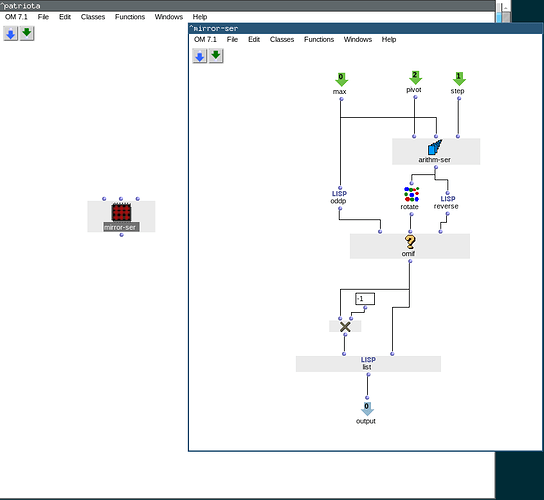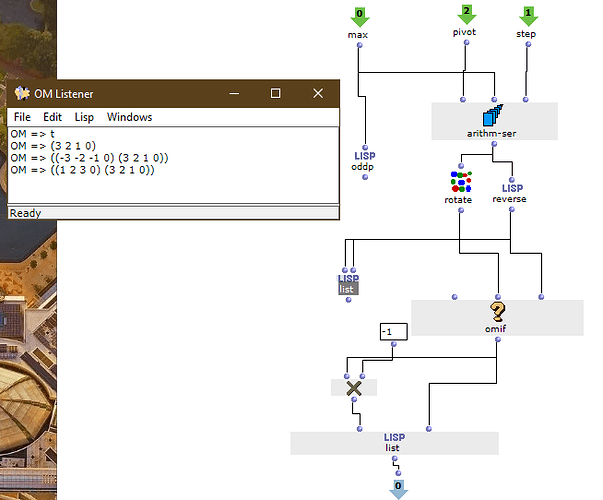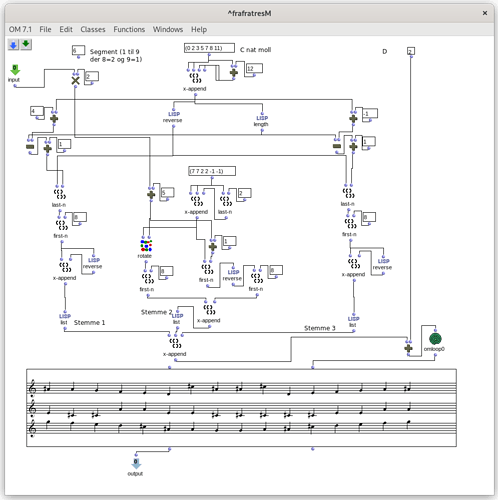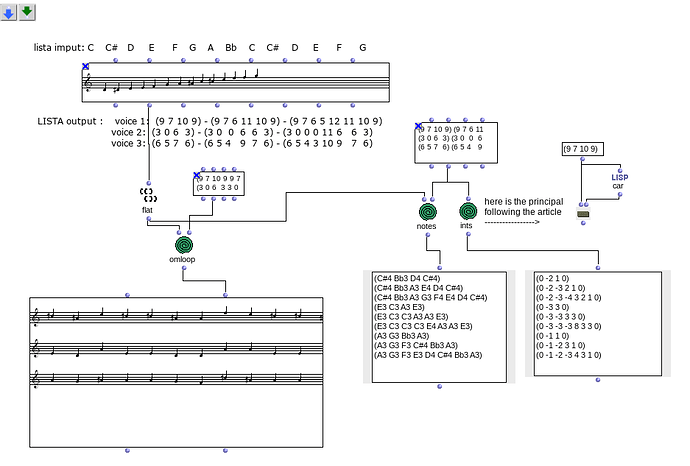Hello Guys,
I am reading a paper that does not give the Om functions but the lisp codes. One of them I am showing here. It’s a bit annoying…I recognize some of the functions, but it’s really complicated. There’s some help that I can get to translate these codes? Maybe a tutorial?
thanks a lot for the help translating this one…

Regards,
Ismael





